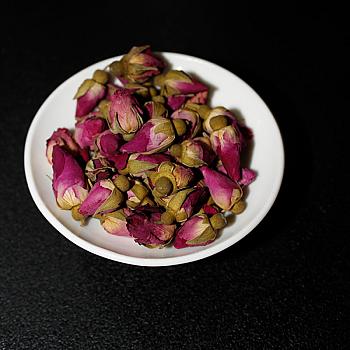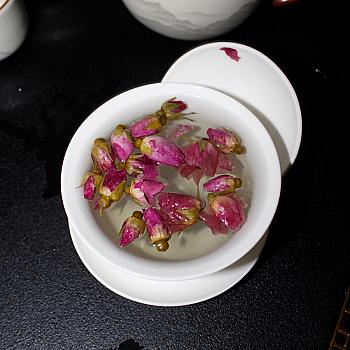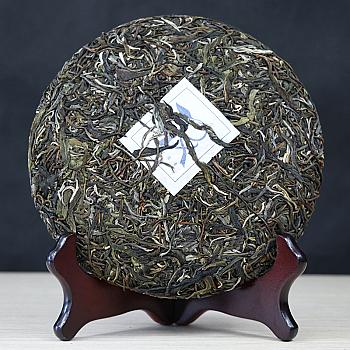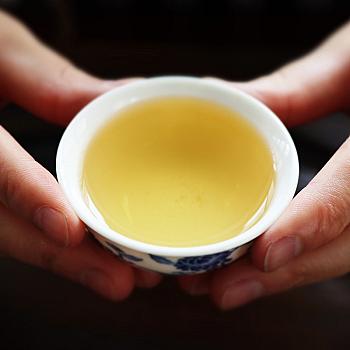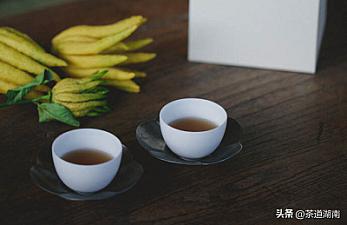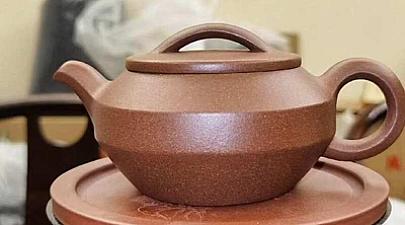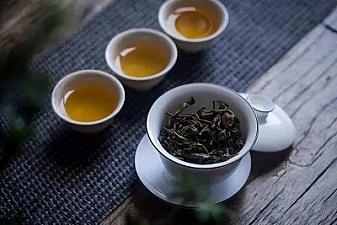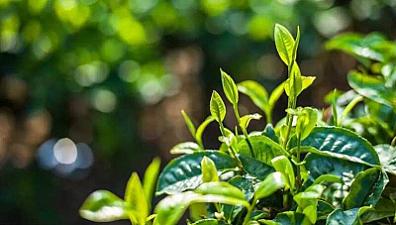
White tea market demand is soaring rapidly, what's behind it?
September 14, 2025
In recent years, the cognition of drinking white tea to promote health and warm one's heart has gradually become more widespread. White tea is increasingly loved and sought after by the general public. As white tea has gained attention, market demand has risen rapidly, and many regions and varieties' tea trees can be used for white tea production.

In recent years, the awareness of drinking white tea for health and warmth of body and soul has gradually been accepted by the public, and more and more people have fallen in love with it.
With white tea becoming so popular, market demand skyrocketed and the material of many regional varieties can be used to make white tea, including Yunnan big leaf variety. The flavor and medicinal properties are also more outstanding in white tea.

Yunbai Nourishment Revealing Its Value
Yunnan Pu-erh tea, like Yunnan white tea, has an increasing value in aging.
White tea puts age first, the aged white tea has a transformation and upgrading of its internal components over the years, from the mellow fragrance of new tea changing to lotus leaf fragrance, date aroma and medicinal aroma.

The taste will also become richer and smoother with time. The taste will be more intense, the aftertaste will be better.
As the tea ages, its color gradually deepens from a light yellow to an amber, and its flavor becomes richer and more complex. The longer the tea is stored, the higher its value will be.

White tea is easy to know but difficult to practice.
White tea belongs to lightly fermented tea, its processing reserves the most original flavor of the tea leaves. Compared with other types of tea, it tastes softer and sweeter. The threshold for white tea consumption is low, and it's a tea that anyone can get accustomed to drinking.
White tea, which is not roasted or rolled, has a simple production process but requires advanced techniques. After the tea leaves are picked and gathered, they undergo wilting in sunlight or indoors under conditions of suitable temperature and humidity. They are then dried until 80% dry before being dried to complete dryness using low heat. The processing may seem simple, but it takes precise control over each step to produce a tea with no residual moisture.

White tea is mostly gray-green, with a white tip on its surface. Tea infusion is often fresh and delicious in flavor. It differs from green tea in that it doesn't undergo fermentation, so the infusate has a slightly stronger mouth-puckering sensation when first put into the mouth. It also has some similarities to Pu-erh tea which can be stored for several years.

Vibrant and full of hidden depth.
"A year's tea, three years' medicine, seven years' treasure." This is a common saying praising old white tea that has been widely circulated.
Folk lore says white tea is "one-year-tea, three-year-medicine and seven-year-jewel". The value of white tea lies in its extreme closeness to the original flavor of tea leaves. In the storage process, this kind of tea leaf can quietly undergo a transformation. Therefore someone said, unrefined by time to make over again white tea is like an unfinished product.

In the past, The Fujian Tea Song recorded by Qing people "Stored deep red three times more than price, and each household flaunted last year's old tea", which can be seen that the habit of storing old tea has been in the folk of Fujian.
The exact origin of the phrase "White tea: one-year old tea, three-year-old medicine, seven-year treasure" is unknown, but it's certain that white tea does change over time through storage.

A year's tea, three years' medicine, seven years' treasure.
"One Year Tea" refers to the first year of white tea made in a given year. White tea is a type of low-fermented tea. The newly produced first-year white tea tastes close to green tea, and its quality is relatively cool and refreshing. It has a clear, fresh and pure fragrance similar to soy milk; its soup color is bright yellow, its soup feeling is refreshing and sharp like crystal clear water, sweet and slightly bland in taste.

"Three-year tea" refers to white tea that has been stored for three or four years, whose flavor has gradually changed. Properly stored white tea undergoes changes in its internal components over two to three years: the greenness fades away, and the soup colour deepens from pale yellow to apricot-yellow or orange. New white teas have a sweet fragrance and a Hu fragrance, which is usually described as "Hu fragrance" with honey, while white tea stored for three or four years often has a "lotus leaf fragrance", whose fragrance becomes mellow, its flavor soft, entry smooth, and the flavor mild and balanced.

"Seven-Year Treasure" is a term referring to white tea that has been stored for seven years. At this point, the tea has become old white tea and is extremely rare and valuable, with everyone regarding it as a treasure that they are reluctant to drink, not to mention sell. With seven-year-old white tea, the aroma is fragrant and floral, with a hint of aged scent when sniffed closely, accompanied by a sweet date-like fragrance over time, eventually developing into a comfortable "medicinal fragrance".
Older white tea in good condition has a honey-colored liquor which is bright and lustrous; its flavor is mellow and full, smoother to the palate, with increasing sweetness and viscosity.

Phytochemical studies on white tea have shown that it contains a number of bioactive compounds with various beneficial effects on human health, including antioxidants, flavonoids, phenolic acids, and saponins. The leaves used to make white tea are the young buds and the first two or three leaves at the tips of the stems of the tea plant. These leaves contain high amounts of catechins, which are a type of polyphenol with potential health benefits.
Tea that has been left in the open air for a time will be known as white tea. Many famous pharmacies every year go to Fuding to buy white tea, store it for some time as medicine or drug excipients, this is possibly a secret many tea lovers don't know about. When you visit a traditional Chinese medicine shop, you'll find that Chinese medicines are made with white tea and sold by the gram.
The tea is cold in nature, white tea is not over-fired at all, it certainly retains its cold nature more than other teas and we all know that tea polyphenols can kill bacteria and disinfect, white tea is also preserved with the most tea polyphenols due to its production process. These two points are enough for white tea to have unique medicinal effects in terms of detoxification and sterilization, plus storage for many years, its detoxifying function becomes more obvious.

White tea has significant medicinal properties, and white tea can treat drunkenness, fever, lung heat, liver depression, blood deficiency, inflammation, poisoning, hypotension, hyperlipidemia, fatigue, etc. Especially after two to three years of storage, the internal changes of white tea will occur gradually, the aroma turns and the soup color is orange. When tasting, the aroma is mellow and the taste is gentle. The quality is warm.
If Chen Zang is aged for six or seven years, it becomes an old white tea. At this time, the flavor and aroma of the white tea become more mellow and rich in addition to its fragrance, with a milky fragrance apart from the aroma of aged tea leaves. The taste is strong and fragrant, and the soup is amber-colored and bright. Drinking several cups of hot old white tea will make you feel much more relaxed.
Whether it's professional or personal preference, a good tea can be savored by everyone, to feel the depth of time, the beauty of aging, and the joy of memory. This is what white tea has brought to our lives.
